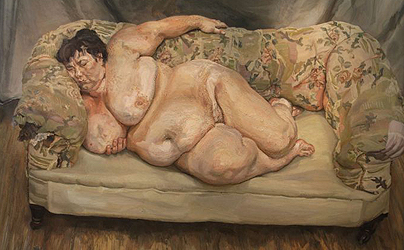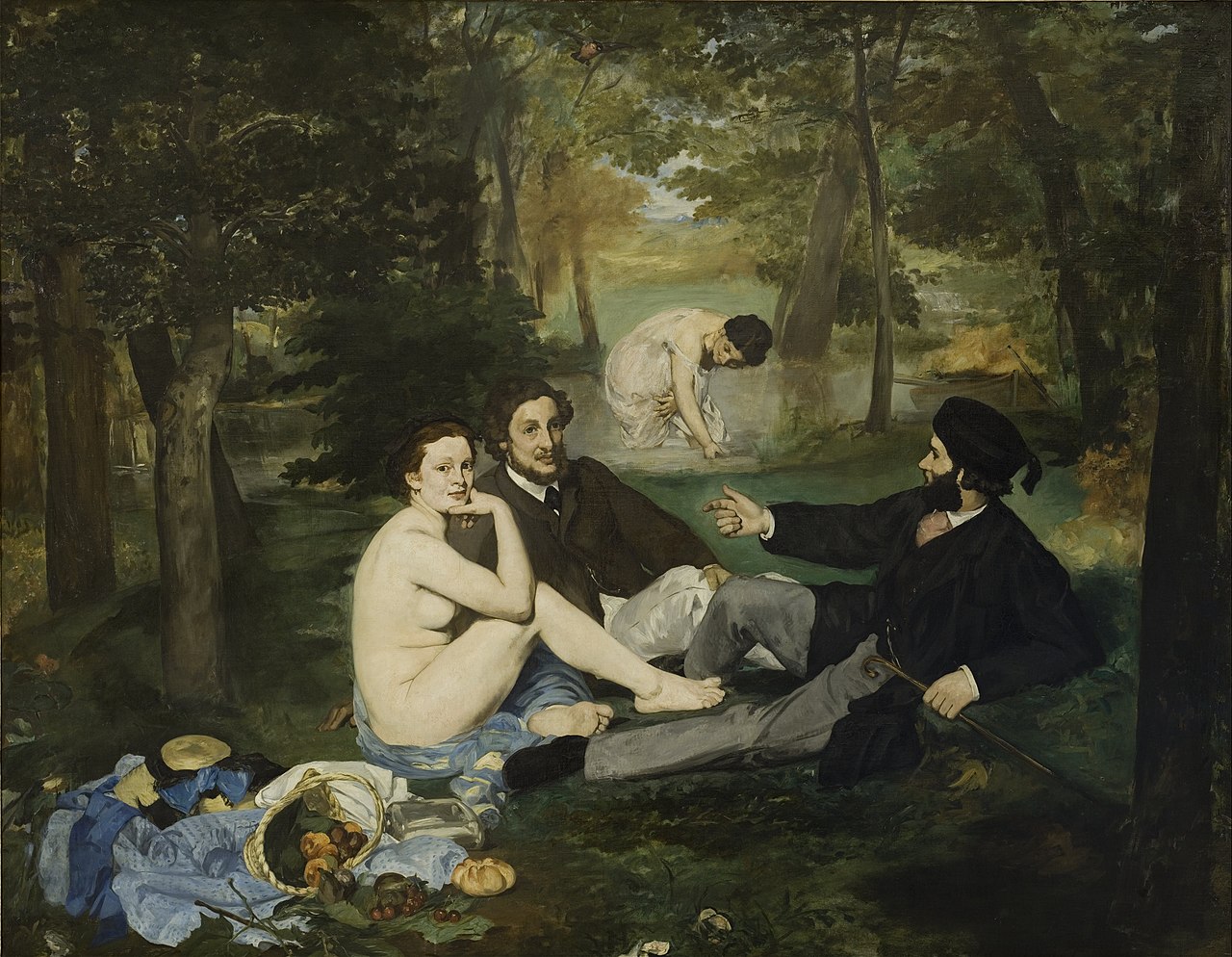The Eternal Beauty of the Nude
An Exploration of Its Multifaceted Presence in Contemporary Art
Art, by its nature, holds up a mirror to society, reflecting our values, aspirations, and our deepest anxieties. It is, in essence, humanity's autobiography. In this contemplative venture, I invite you, dear readers, to traverse the timeless yet progressive journey of the Nude in contemporary art.
In today's increasingly hyperconnected and visually saturated world, images of the human body, mainly the nude, are ubiquitous yet fraught with misunderstanding and misrepresentation. Many parents grapple with the inundation of content, and it is essential to appreciate the naked human form in art, separate from its exploitative counterparts in other media outlets. In its artistic representations, the Nude transcends prurience, offering a profound exploration of human existence.
The Nude: Why It Matters
A universal resonance to the Nude transcends culture, time, and space. The human body's representation is the shared experience that connects us, an elemental link that dissolves the barriers of race, gender, and class. It is not a sexualization, but an unmasking, a celebration of the human form in all its unvarnished splendor.
An influential study published in the Journal of Art History and Criticism (2019) revealed that depictions of nudity in art activate the human brain's "shared humanity" network more than any other genre. It sparks recognition and empathy, reminding us of our common, fragile, and beautiful human condition.
The Significance of the Nude in Art
The significance of the Nude in contemporary art is manifold, embodying artistic audacity, social commentary, and psychological exploration. Renowned artist Lucian Freud, famous for his unflinchingly realistic nude portraits, succinctly summed up the genre's importance: "I paint people not because of what they are like, not exactly despite what they are like, but how they happen to be."
The Nude invites the viewer to confront the unvarnished truth of human existence - the beauty, the fragility, the resilience. This confrontation can be uncomfortable, but it is the price we pay for the resonance that the Nude offers.
Furthermore, the Nude is a canvas upon which artists project the zeitgeist. Consider the work of contemporary artist Jenny Saville, whose nude paintings, often of plus-sized women, challenge societal body standards, probing deeper into themes of identity and perception.
Misinterpretations and Misrepresentations
Regrettably, the power of the Nude has frequently been misunderstood and conflated with explicit content or cheap titillation. Such misconceptions are both a cause and a symptom of our society's deeply ingrained body discomfort and hypersexualization, driven mainly by the relentless onslaught of media imagery.
Moreover, critics have rightly pointed out that the art world has long been guilty of representing the female nude primarily through the male gaze, reinforcing patriarchal power structures. This perception was challenged in the landmark paper "Visual Pleasure and Narrative Cinema" by Laura Mulvey in 1975. Mulvey's concept of the "male gaze" in art and film continues to spark conversations about the representation of the female nude.
However, the tide is changing. Contemporary artists like Mickalene Thomas and Nona Faustine have reclaimed the female nude, representing it through the lens of female empowerment, race, and sexuality. This representation evolution contributes to a more nuanced and inclusive portrayal of the human form, giving the Nude its rightful position as a powerful tool for social commentary and change.
Encourage a Perspective that Appreciates
It's imperative that we, as consumers and curators of our children's cultural consumption, facilitate an understanding of the Nude in the art that is devoid of shame, embarrassment, or lewdness. Instead, we should encourage a perspective that appreciates the human form's beauty, respects its diversity, and promotes its dignity.
The Nude in contemporary art is a potent symbol, a beacon of artistic liberty, a dialogue starter, and a reflection of our collective human experience. It is a testament to our shared humanity, unadorned and unapologetic.
The challenge before us is to look beyond the superficiality of nudity and understand its deeper significance. It's a bold venture, no doubt, but isn't that what art is meant to inspire - to nudge us out of our comfort zones, to spur reflection and dialogue, and to remind us of our shared, beautiful, naked humanity? Let us encourage our children, our future generation of artists, critics, and consumers, to appreciate, engage, and contribute to this rich and vital artistic tradition.


